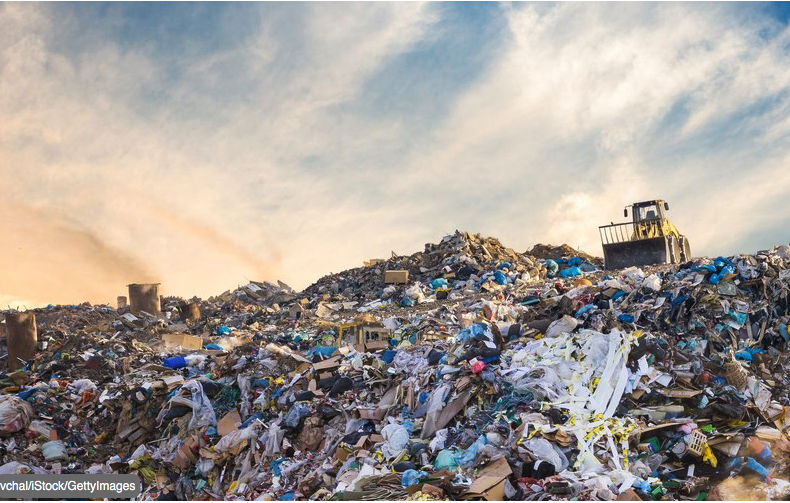Unfortunately, these extreme events, and the conditions they foster – flooding, wildfires, property damage, loss of life – are becoming the new normal, thanks to global warming. And there are other, less obvious but equally damaging, effects as well. As the ocean warms and becomes more saturated with carbon dioxide, fish and other creatures in the marine food chain are adversely affected. Diseases once limited to the tropics are spreading into the temperate zones. Coastlines, from Louisiana to Alaska, are receding, due to more frequent and more powerful storms, rising sea levels, and, in Alaska, the loss of sea ice. The message should be clear: we are running out of time to turn this trend around. Even insurance companies have stopped insuring the homes in particularly affected areas.
…
What can be done now to reduce emissions relatively quickly? The answer is simple: the US must stop landfilling untreated municipal solid waste. A recent (July, 2020) article in the journal Environmental Health and Safety stated that with regard to waste management, “Landfilling is the most greenhouse gas (GHG)-intensive option, emitting nearly 400 kg CO2e per tonne of organic waste…the GHG footprint of landfilling organic waste is higher relative to composting or waste-to-energy by as much as a factor of 9, even when landfill gas is captured and utilized.”

By hiding the real costs of landfills to the public, the true value of recycling is hidden, as well as the critical gains from avoiding environmental disasters associated with releases from waste containment. Bad decisions will follow from incorrect price signals to public decision makers when the cost of prevention cannot be compared to the future costs of managing environmental calamities.
A major cause of under-pricing landfills is the failure of landfill companies or the municipalities to account for the long-term liability of existing landfills, in contravention to the most basic rules for recognizing future costs that will be incurred by failing to act prophylactically today.
Clearly, inclusion of these liabilities on the books as required by standard accounting practice will lead to long-term costs for cities and landfill companies and will have an adverse effect on value and stock price. Current accounting of landfills must be modified to cover generational costs. This will finally give the public realistic measures of current costs vs. future risks, including future costs and future impacts on climate change.
….
Determining the real-world financial risks of the current system is absolutely necessary for the public and officials to make the choices that will govern the laws on post-closure management and liability for the next generations. It is impossible to evaluate future municipal financial health without these inclusions.

As rain falls on landfill sites, organic and inorganic constituents dissolve, forming highly toxic chemicals leaching into groundwater. Water that rinses through these chemicals collects at the base of the landfill and usually contains high levels of toxic metals, ammonia, toxic organic compounds and pathogens. This can result in serious contamination of the local groundwater. Even more dangers, this mixture usually creates a high biological oxygen demand, meaning it can quickly de-oxygenate water. If or when these noxious chemicals reach rivers or lakes, it could result in the death of aquatic life.
